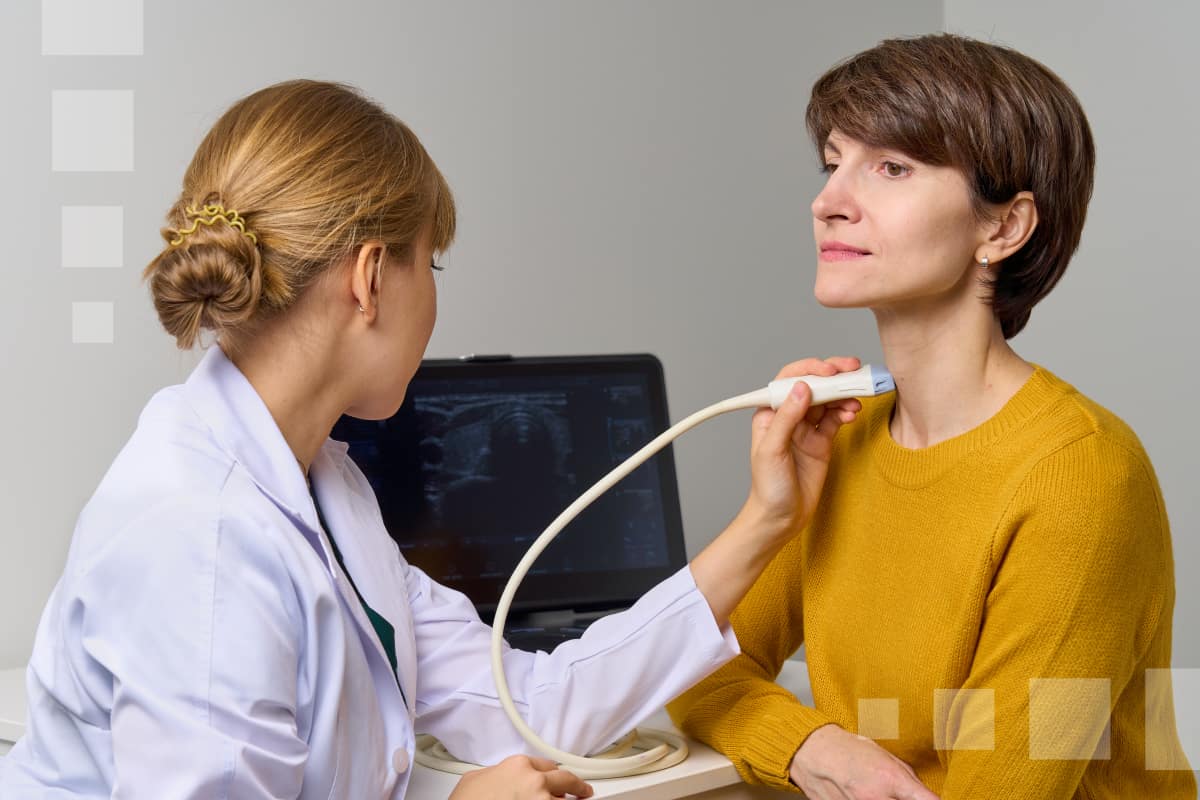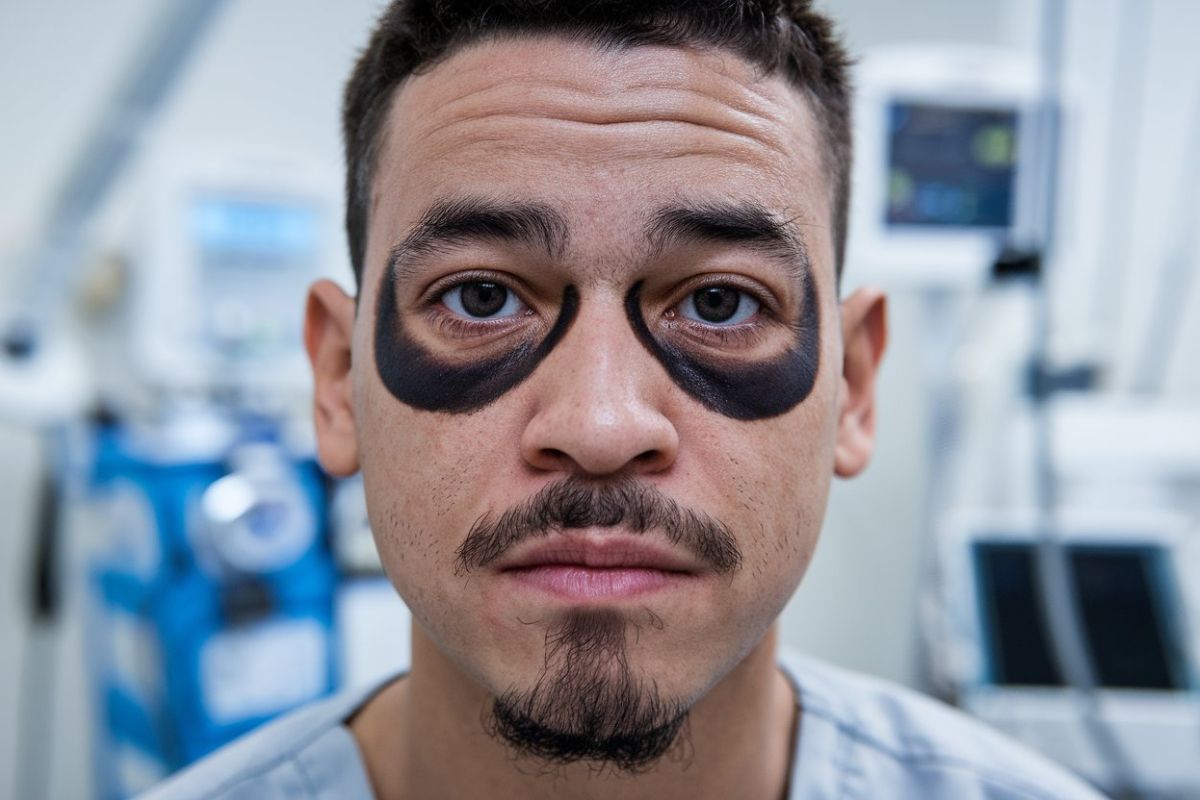
What is Nablus Mask-Like Facial Syndrome? It's a rare genetic disorder marked by a unique mask-like facial appearance and various physical anomalies. Named after the city of Nablus in the West Bank, where it was first identified by Ahmad Teebi in 2000, this syndrome is caused by a microdeletion at chromosome 8q22.1. With only about 13 documented cases as of 2018, its rarity makes it challenging to study. Key features include tight, glistening facial skin, drooping eyelids, widely spaced eyes, and developmental delays. Understanding this condition involves genetic screenings, surgical treatments, and ongoing research to improve the lives of those affected.
Key Takeaways:
- Nablus Mask-Like Facial Syndrome is a rare genetic disorder with distinct facial and physical features, affecting only a small number of people worldwide.
- Diagnosis and treatment of Nablus Mask-Like Facial Syndrome involve genetic screenings and surgical interventions to manage physical symptoms and improve quality of life.
What is Nablus Mask-Like Facial Syndrome?
Nablus Mask-Like Facial Syndrome (NMLFS) is a rare genetic disorder. It has unique facial features and other physical anomalies. Let's dive into some key facts about this condition.
-
Definition and Classification: NMLFS is a microdeletion syndrome caused by a small deletion in chromosome 8q22.1.
-
Prevalence: Extremely rare, with only about 13 documented cases as of 2018.
-
Genetic Basis: The syndrome involves a microdeletion at chromosome 8q22.1, affecting multiple genes.
Clinical Features of Nablus Mask-Like Facial Syndrome
The clinical features of NMLFS are quite distinctive. They include facial appearance, head and skull anomalies, and more.
-
Facial Appearance: Notable for a mask-like look with tight, glistening facial skin, drooping eyelids, and widely spaced eyes.
-
Head and Skull: Common features include microcephaly (small head size) and bitemporal narrowing (narrow temples).
-
Eyes: Hypertelorism (widely spaced eyes) and limited eyelashes and eyebrows are typical.
-
Nose: Characterized by a short, flat nose with a prominent glabella (area between the eyebrows).
-
Extremities: Often includes camptodactyly (inability to extend fingers completely) and joint deformities.
-
Genitalia: Cryptorchidism (undescended testicles in males) is common.
-
Neurological: Developmental delay and a happy demeanor are characteristic.
Diagnosis of Nablus Mask-Like Facial Syndrome
Diagnosing NMLFS involves various genetic screenings. These tests help identify the microdeletion at chromosome 8q22.1.
-
Array-Based Comparative Genomic Hybridization (CGH): Detects the microdeletion at chromosome 8q22.1.
-
Fluorescence In Situ Hybridization (FISH) Analysis: Confirms the deletion and its location.
-
Karyotyping: Identifies chromosomal abnormalities.
-
Multiplex Ligation-Dependent Probe Amplification (MLPA): Detects specific gene deletions.
Treatment Options for Nablus Mask-Like Facial Syndrome
While there is no cure, various treatments can help manage the physical symptoms of NMLFS.
-
Surgical Treatments: Used for conditions like cryptorchidism, camptodactyly, and joint deformities.
-
Plastic Surgery and Facial Reconstruction: Improves the appearance and function of affected areas.
Prognosis and Developmental Impact
The prognosis for individuals with NMLFS varies widely. Some may experience significant developmental delays, while others have milder symptoms.
-
Prognosis: Depends on the extent of the genetic deletion and the specific genes affected.
-
Intellectual Disability: Common feature, varying from mild to severe impairments.
-
Autism Spectrum Disorder: Some individuals may also have autism spectrum disorder (ASD).
-
Developmental Delay: A hallmark of NMLFS, affecting speech, motor skills, and cognitive development.
-
Happy Demeanor: Many individuals exhibit a cheerful disposition despite the challenges.
Surgical and Genetic Interventions
Surgical and genetic interventions play a crucial role in managing NMLFS.
-
Surgical Interventions: Crucial for managing physical symptoms and improving quality of life.
-
Plastic Surgery: Significant for treating facial anomalies and enhancing appearance.
-
Genetic Counseling: Essential for families to understand the genetic basis and risks of recurrence.
Support and Awareness
Support and awareness are vital for improving diagnosis and treatment outcomes for NMLFS.
-
Family Support: Critical for coping with the challenges associated with the syndrome.
-
Awareness and Education: Helps healthcare professionals recognize symptoms more accurately.
-
Research and Development: Ongoing research is essential for understanding the genetic mechanisms.
-
Clinical Trials: No specific trials yet, but related research may lead to new treatments.
Ethnic and Geographical Distribution
NMLFS has been primarily identified in the Arab population, particularly in Palestine.
-
Ethnic and Geographical Distribution: Named after Nablus, where it was first described.
-
Consanguinity: Higher frequency of consanguineous marriages in some Arab communities increases the likelihood of genetic disorders.
Psychological and Social Impact
Living with NMLFS can have significant psychological impacts on individuals and their families.
-
Psychological Impact: Support groups and counseling services can help mitigate these effects.
-
Siblings' Perspective: Often learn valuable lessons about resilience and empathy.
-
Community Involvement: Crucial for raising awareness and providing support.
-
Advocacy: Plays a vital role in improving lives by raising awareness and securing funding for research.
Diagnostic Tools and Techniques
Various diagnostic tools and techniques are used to identify NMLFS.
- Genetic Testing: Critical for diagnosing NMLFS, including techniques like CGH and FISH analysis.
Final Thoughts on Nablus Mask-Like Facial Syndrome
Nablus Mask-Like Facial Syndrome is a rare genetic disorder with distinct facial features and various physical anomalies. Caused by a microdeletion at chromosome 8q22.1, it presents unique challenges for affected individuals and their families. Diagnosis often involves genetic screenings like CGH and FISH analysis. While there's no cure, treatments like surgery and plastic reconstruction can manage symptoms. Intellectual disability and developmental delays are common, but many individuals exhibit a happy demeanor. Genetic counseling and family support play crucial roles in managing the condition. Awareness and ongoing research are essential for better understanding and treatment. Despite its rarity, the syndrome highlights the importance of genetic research and community support in improving lives.
Frequently Asked Questions
Was this page helpful?
Our commitment to delivering trustworthy and engaging content is at the heart of what we do. Each fact on our site is contributed by real users like you, bringing a wealth of diverse insights and information. To ensure the highest standards of accuracy and reliability, our dedicated editors meticulously review each submission. This process guarantees that the facts we share are not only fascinating but also credible. Trust in our commitment to quality and authenticity as you explore and learn with us.


